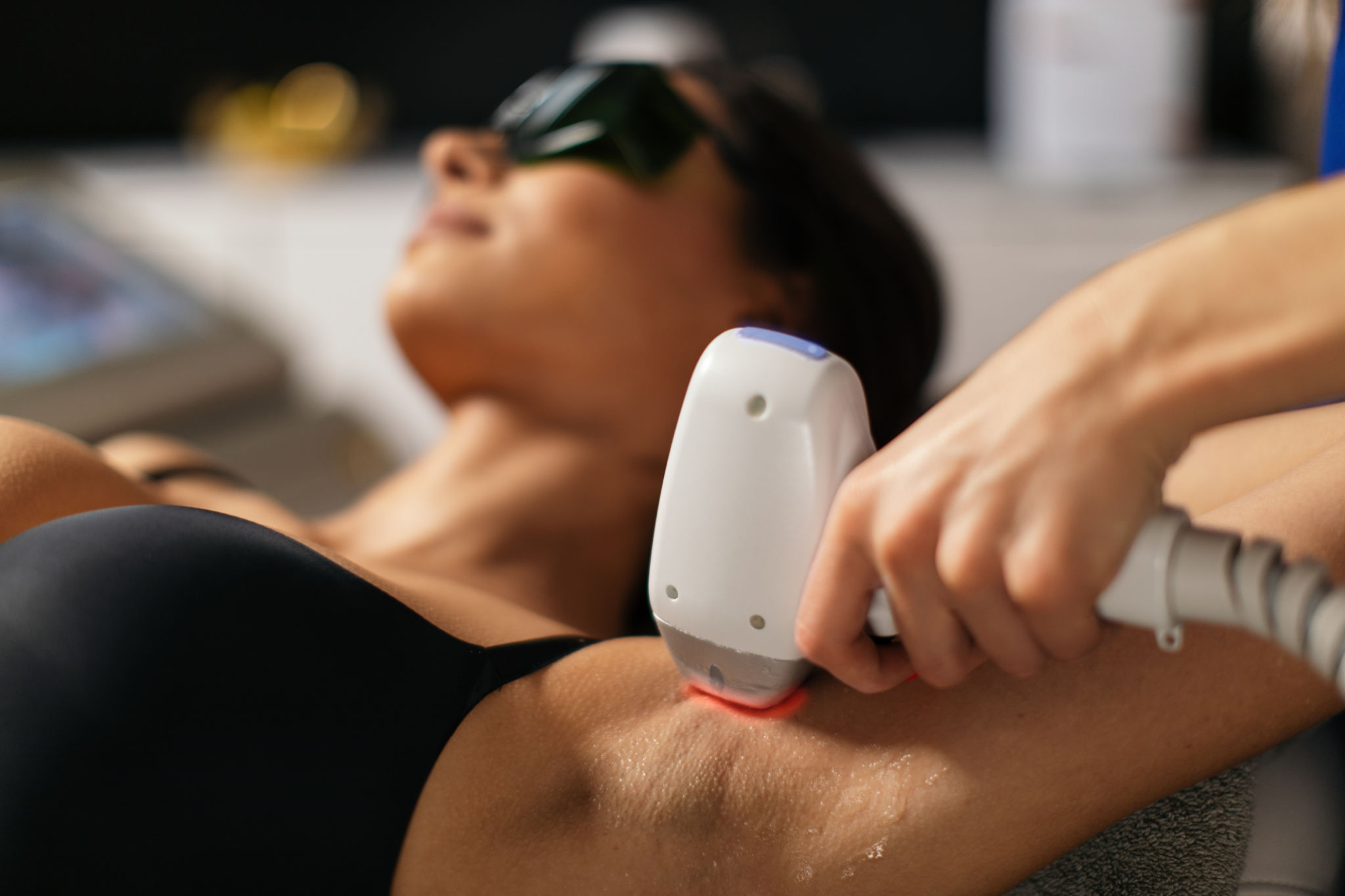Laser Coating Removal vs Traditional Methods: Which is Better for Your Project?
LL
Understanding Laser Coating Removal
Laser coating removal is a modern technique used to strip coatings from various surfaces by utilizing concentrated laser beams. This method is highly precise and can be applied to metals, plastics, and composites. Unlike traditional methods, laser coating removal does not involve abrasive materials or chemicals, making it a cleaner and more environmentally friendly option.
The process works by targeting the bond between the coating and the substrate, vaporizing or breaking down the coating layer without damaging the underlying material. This precision makes laser coating removal ideal for delicate surfaces where traditional methods might cause harm.

Advantages of Laser Coating Removal
One of the most significant benefits of laser coating removal is its non-contact nature. The absence of mechanical stress reduces the risk of surface damage, which is a common drawback in traditional methods. Moreover, laser systems can be programmed to remove coatings with high accuracy, allowing for precise control and minimal waste.
Another advantage is its environmental impact. Since laser coating removal does not require chemical solvents or produce significant waste materials, it is considered a more sustainable choice. The reduced need for post-cleaning further enhances its eco-friendly credentials.
Traditional Coating Removal Techniques
Traditional methods of coating removal include abrasive blasting, chemical stripping, and mechanical scraping. These techniques have been used for decades and are often chosen for their cost-effectiveness and availability. However, each method has its own set of challenges and limitations.

Challenges with Traditional Methods
Abrasive blasting involves projecting abrasive materials onto a surface to remove coatings. While effective, this can cause surface erosion and contaminate the environment with dust and debris. Chemical stripping uses potent solvents that can be hazardous to both humans and the environment, necessitating careful handling and disposal.
Mechanical scraping relies on physical force to remove coatings, which can damage delicate surfaces and often requires significant labor. These methods may also produce a considerable amount of waste that requires proper management.
Comparing Costs and Efficiency
When considering costs, traditional methods often appear more economical upfront due to lower equipment expenses. However, the long-term costs associated with waste management, environmental compliance, and potential surface damage can add up. Laser coating removal systems may have higher initial costs but often result in savings over time due to reduced operational and environmental costs.

The efficiency of laser coating removal is another critical factor. The precision of lasers allows for faster processing times and less material wastage, which can enhance overall project timelines. This efficiency often translates into cost savings in labor and material expenses.
Which Method is Right for Your Project?
The choice between laser coating removal and traditional methods ultimately depends on the specific needs of your project. If you require high precision, minimal waste, and environmental considerations are a priority, laser coating removal may be the better option. However, for projects where budget constraints are significant and the coatings are not delicate or harmful, traditional methods might suffice.
It is crucial to evaluate your project's requirements, including surface material sensitivity, environmental impact considerations, and budgetary constraints, before deciding on the best approach. Consulting with experts in both fields can also provide valuable insights to guide your decision-making process.
